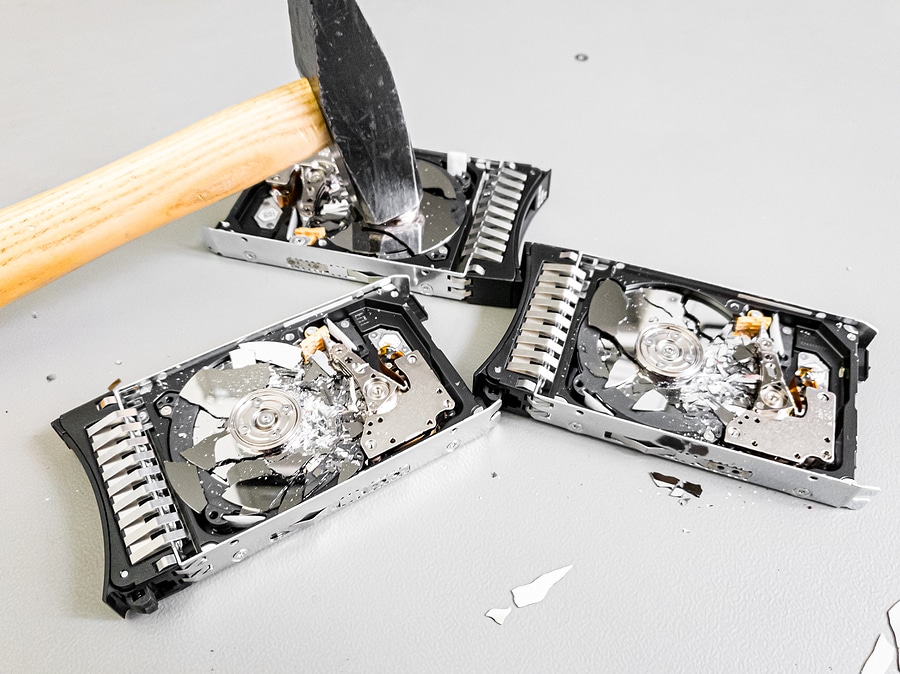Data Sanitization: 4 Key Issues Every Organization Needs to Watch Out for

Data Sanitization: 4 Key Issues Every Organization Needs to Watch Out for
Data sanitization involves the intentional, permanent destruction of sensitive data from a storage device to ensure it’s no longer recoverable. Many individuals may not know that when data is deleted from storage, it is not completely erased and may still be recovered by someone who gains access to the device.
Despite the risks involved, many companies use inadequate methods to protect themselves. This oversight is frequently due to a lack of awareness regarding proper security and compliance standards.
Key Issues to Watch Out for
- Inadequate Data Destruction Policy: In the digital age, cybersecurity is a serious concern. Many business owners may not realize that in cases where data is no longer in use, it can be the target of a cyberattack. When a company lacks a data destruction policy or implements inadequate policies regarding data sanitization, it may lead to costly data breaches. Implementing a data destruction policy for all employees to follow is an important step to securing your data.
- No Audit Trails: Companies should closely evaluate the hardware and software they use to store data. Creating audits and logs is an important way to keep track and identify when and how devices should be destroyed. Failing to establish an appropriate audit trail for end-of-life equipment runs the risk of security and compliance issues if a device “walks-away”, whether from unintentional loss or malicious theft. An audit trail should maintain a clear chain of custody and document equipment from start to finish.
- Inappropriate Data Removal Methods: When proper methods to destroy data are not used, it can leave a business vulnerable to potential security issues. Many organizations use inadequate data sanitization practices, while others do not sanitize their data at all. A company may choose to physically shred or degauss their technical equipment. Before you decide on any data sanitization method, you should consider if there are legal and regulatory issues within your industry to consider. It’s important to research which methods meet those requirements for data destruction and ensure the data removal process you have chosen is adequate.
- Stockpiling Equipment: Keeping large stockpiles of unused or outdated equipment and not disposing of them in an appropriate time frame can further increase risks. Out-of-use equipment may stay in storage for long periods without being erased, leading to the potential of internal data breaches and data loss.
Certified Data Sanitization
Most companies lack appropriate processes to manage and dispose of end-of-life equipment in a way that prevents data loss. That’s when professional help comes to the rescue.
By using a certified data wiping provider, you can ensure all data is securetly eraased, keeping you in compliance and preventing costly security risks.
If you’re interested in learning more about SEAM’s data sanitization services in South Dakota and North Dakota, contact us today!
SEAM provides IT recycling and data destruction services including onsite shredding and hard drive wiping to South Dakota, North Dakota, Minnesota, Iowa, and Nebraska.
Schedule a pickup or contact us for more information.





